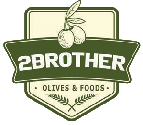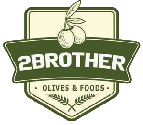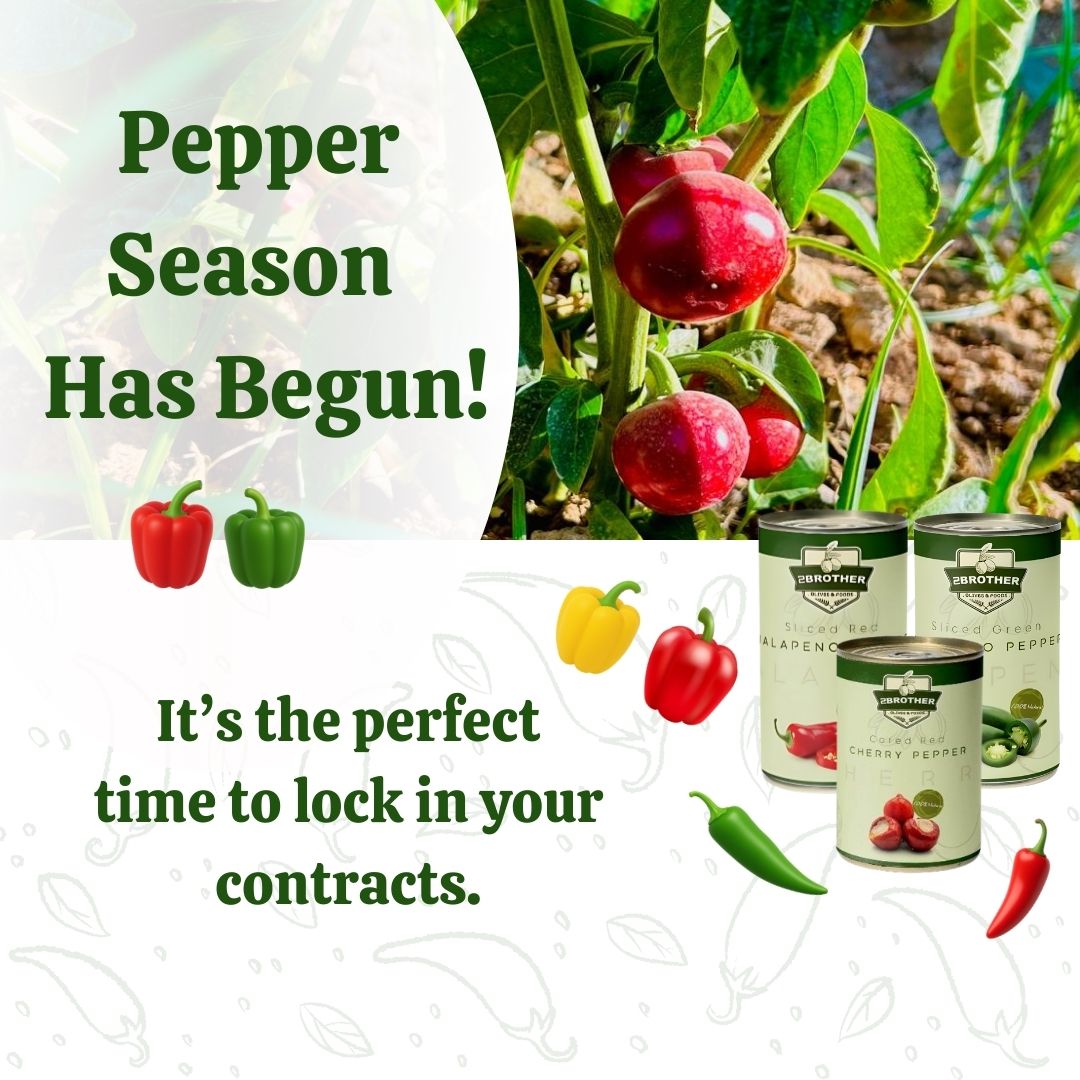Marktanalyse und Chancenprognose für den Markt für konservierte Artischocken bis 2030

Der Markt für konservierte Artischocken wird voraussichtlich bis 2030 ein stetiges Wachstum verzeichnen, angetrieben durch die steigende Nachfrage nach Fertiggerichten, das zunehmende Gesundheitsbewusstsein und die wachsende Beliebtheit pflanzenbasierter Ernährungsformen. Der Markt wird voraussichtlich mit einer durchschnittlichen jährlichen Wachstumsrate (CAGR) von etwa 3,2 % im Zeitraum 2024 bis 2030 wachsen.
Exportmöglichkeiten und Trends
Der Markt ist nach Form (ganze Artischocken, geviertelt, halbiert, Artischockenherzen), Anwendung (Gastronomie und Einzelhandel/Haushalt) und Vertriebskanal (online und offline) segmentiert. Es wird erwartet, dass Europa aufgrund seiner etablierten landwirtschaftlichen Basis und kulinarischen Tradition weiterhin die dominierende Region bleibt, wobei Italien und Spanien führende Produzenten sind. Nordamerika, insbesondere die USA, verzeichnet ebenfalls ein erhebliches Wachstum, das durch das steigende Interesse der Verbraucher an pflanzlicher Ernährung und mediterranen Speisen getrieben wird.
Markttrends
Innovative Verpackungslösungen, die die Produktqualität und Haltbarkeit verbessern, werden immer häufiger eingesetzt.
Markttreiber
Der Anstieg des Veganismus, das Bewusstsein für funktionelle Lebensmittel und der wachsende Trend zur mediterranen Küche sind wichtige Markttreiber. Der Markt für konservierte Artischocken profitiert von ihrer Vielseitigkeit als Zutat in Salaten, Pizzen und Pasta. Darüber hinaus fördern Innovationen in der Verpackung, die die Haltbarkeit und Produktqualität verbessern, das Marktwachstum weiter.
Marktherausforderungen
Herausforderungen auf dem Markt sind die begrenzte Bekanntheit von konservierten Artischocken bei den Verbrauchern und regionale Unterschiede in den Konsumvorlieben, die Unternehmen durch Marketing- und Aufklärungsmaßnahmen angehen.
Ziel des Berichts
Die Hauptziele dieses Berichts umfassen:
- Analyse der Marktgröße und des Wachstumspotenzials: Bereitstellung von Einblicken in die globale Marktgröße, Trends und Wachstumsaussichten für den Markt für konservierte Artischocken bis 2030.
- Identifizierung wichtiger Marktsegmente: Analyse von Marktsegmenten nach Form (ganze Artischocken, geviertelt, halbiert, Herzen), Endverwendung (Gastronomie, Einzelhandel) und Geografie.
- Bewertung der Markttreiber und Herausforderungen: Verständnis der Schlüsselfaktoren, die die Nachfrage antreiben, und der Herausforderungen, denen Hersteller und Exporteure wie Two Brother for Olives & Pickles gegenüberstehen.
- Bereitstellung strategischer Einblicke für Exportwachstum: Praktische Einblicke, wie Unternehmen ihre Exportraten durch die Identifizierung der richtigen Märkte, das Verständnis der regulatorischen Anforderungen und die Nutzung des E-Commerce steigern können.









